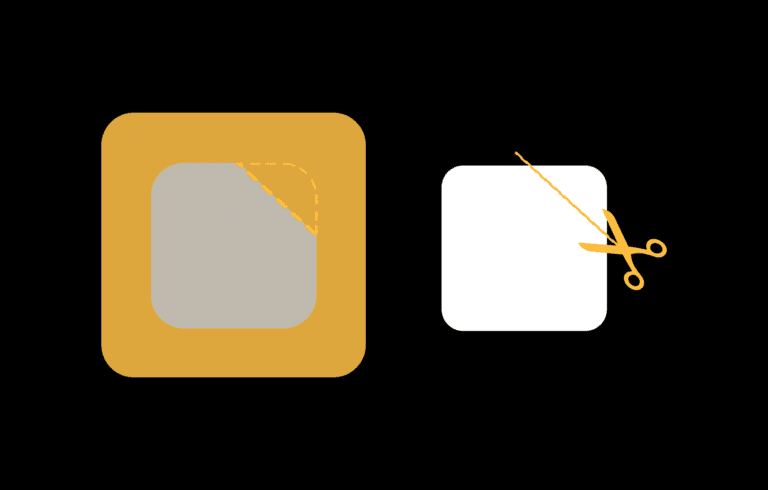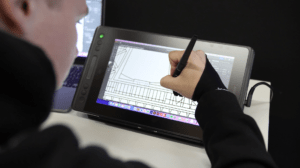What is Agile Working?
Agile refers to the methodology of working in a way that adapts quickly to change by delivering smaller batch sizes rather than larger releases. With Agile, a start-up or business begins a project with a clear vision of its result and follows a course of action that achieves that result through incremental steps. This method differs greatly from the traditional “waterfall” project management, which lays out a front-to-back, whole-picture project plan that is based on general estimates of the resources that are required to meet the needs of business owners and target customer audiences. With the waterfall approach, projects can take years to complete, as they move from research to design to development to testing, with a team’s structure that is much more hierarchical and rigid. With Agile, companies still set the ultimate project destination, but to get there they envision a series of shorter, smaller steps. As these steps are much more approachable, business owners can be more realistic when it comes to what they are expected to achieve, what resources are required, and how long it will take.
What are some tools you can use to work Agile?
Kanban
Kanban, which in Japanese means ‘visual board’ or ‘sign,’ arose as a scheduling system for lean manufacturing, and originated from the Toyota Production System (TPS), developed by Taiichi Ohno. In the late 1940s, Toyota introduced “just in time” manufacturing to its production, which represents a pull system. This means that production is based on customer demand rather than the standard push practice to produce goods and push them to the market. Its core purpose is minimizing waste activities without sacrificing productivity, and to create more value for the customer without generating more costs. What we now recognize as the Kanban Method emerged at the beginning of 2007, and the most straightforward Kanban board consists of three basic columns: “Requested”, “In Progress” and “Done”. When constructed, managed, and functioning correctly, Kanban acts as means to highlight red flags within the system and anything else that might interrupt smooth working practices. With Kanban, the work is broken down into small tasks, displayed clearly within the columns, and easily monitored.
Scrum
Scrum is a simple inspect and adapt framework that develops a product in Sprints. With Scrum, there are three roles: product owner, Scrum Master, and team members. The Scrum Master acts as the facilitator of the team and works to foster an environment where: the product owner orders the work for a complex problem into a product backlog, the scrum team turns a selection of the work into value during a Sprint, and the scrum team and stakeholders inspect the results and adjust for the next Sprint. Then they rinse and repeat. By generating value through adaptive solutions for complex problems in fast-paced and well-tested processes, Scrum is an effective method compared to the traditional way of building products.
What are some of the benefits of working Agile in your start-up or business?
1. Greater ability to innovate
By incorporating Agile into your start-up, your ability to innovate greatly increases. By employing Sprints and streamlining team collaboration, greater experimentation is possible throughout the development process. By finding out what works (and what doesn’t) at a quicker pace, you can gain a better understanding of the market and what your audience desires. With the ability for teams to collaborate and communicate in an effective method through the exchange of ideas and knowledge, innovation is guaranteed.
2. Faster time to market
A significant element of keeping up to date with innovations and digital trends is to be able to get your new product or service to market quickly. In an Agile work environment, the approval process comes much sooner in the timeline, allowing for these products to reach your tested audience before their needs or desires shift. One of the biggest downfalls of the traditional waterfall model is its slow time to market, an issue that Agile addresses effectively.
3. Stronger team dynamic
Agile’s encouragement of collaboration and communication, in addition to the frequency of stand-up/scrum meetings, strengthens the interpersonal connections within the team. By stepping away from the traditional, hierarchical structure of a waterfall team setup, individuals feel more empowered and become more willing to share their ideas with other members of the team. The streamlined processes of Agile also allow for greater autonomy, which results in greater efficiency and productivity.
AGILE WORKING AT GLOBAL SCHOOL FOR ENTREPRENEURSHIP
Agile Working is the very first module taught at Global School for Entrepreneurship, and serves to introduce students to the bachelor’s program as we encourage them to connect Agile working with entrepreneurial skills. During the course, students not only learn and practice Agile tools such as Kanban and Scrum, but also get into contact with the basics of customer understanding, value creation, product-market-fit, and prototyping/testing an idea. With our Bachelor in Entrepreneurship and Innovation, discover how you can incorporate Agile Working into your start-up or business.









